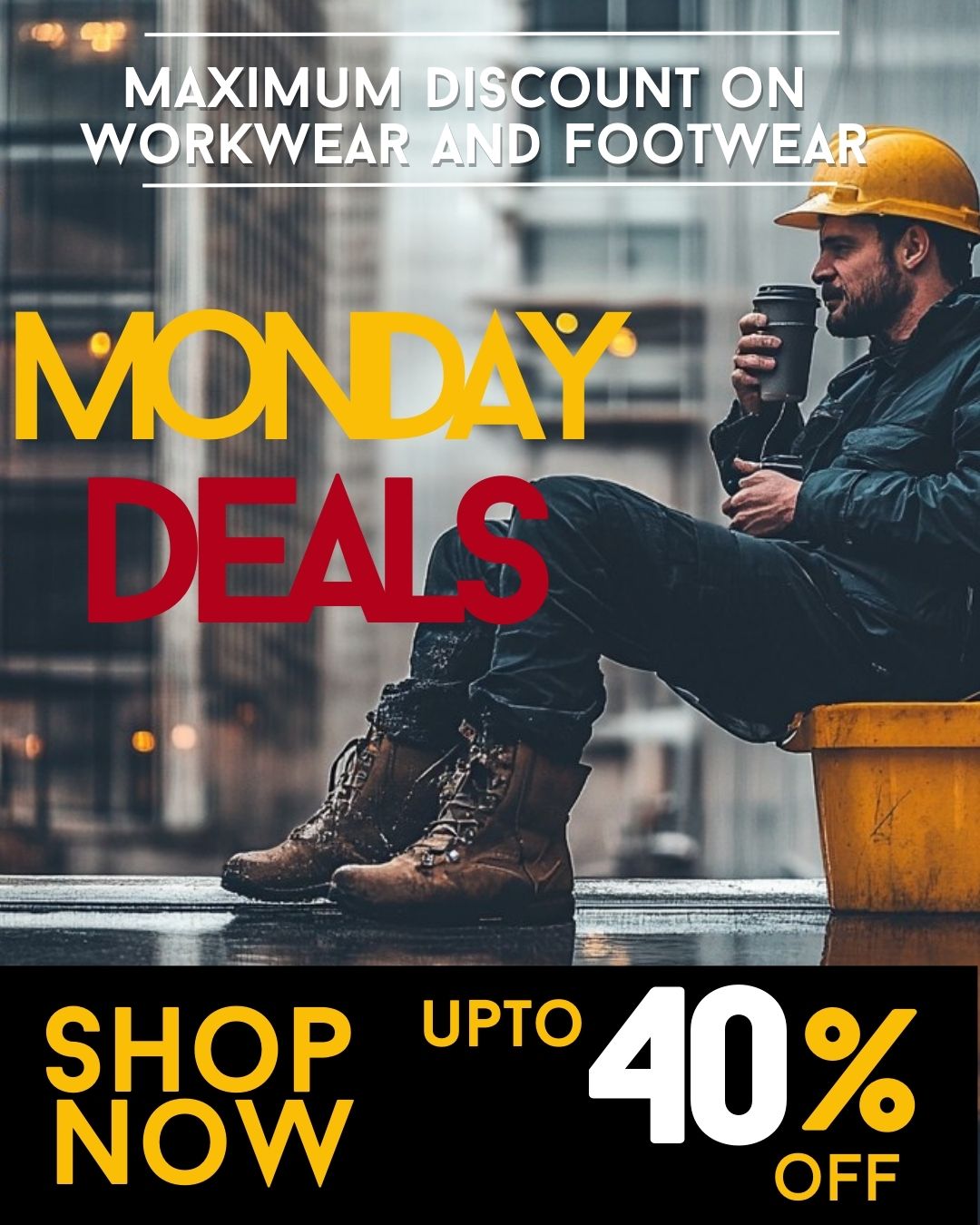
Construction Industry Pushes to Make Proper-Fitting PPE the Norm, Not the Exception
Numbers often tell a story—but sometimes, they don’t tell the full one. OSHA recorded fewer fatality investigations in fiscal year 2024 than in 2023, along with a decline in deaths from falls and trench collapses. While that might seem encouraging, it doesn’t necessarily mean construction work is safer. What it may indicate is that the industry is becoming smarter about safeguarding its workforce—and that progress begins with personal protective equipment (PPE).
For decades, the norm in PPE was a “one-size-fits-all” approach. Designing equipment that accommodates different body shapes and sizes is complex—it requires balancing strict safety requirements with ergonomic diversity, all while keeping production costs under control. Traditional mass manufacturing also relies heavily on economies of scale, making customized PPE difficult to justify. Despite these challenges, the construction sector is finally moving away from excuses and toward action.
“Proper-fitting PPE isn’t a luxury—it’s a necessity,”
— Kevin Cannon, Senior Director of Safety and Health Services, Associated General Contractors of America (AGC)
With OSHA’s new rule, collaborative efforts by AGC and Autodesk, and updated standards from ANSI and ASSP, the construction industry is redefining safety by placing fit at the forefront.
OSHA’s New Rule: Fit Is a Safety Requirement
As of January 13, 2025, OSHA officially requires employers to provide properly fitting protective clothing. The rule is particularly important for construction, where poorly fitting gear has historically endangered workers—especially women and smaller-framed men.
“This isn’t asking employers to do more—it’s asking them to do better,” Cannon explained. “You already have to provide PPE; now it must fit correctly.”
Improperly sized PPE isn’t just uncomfortable—it can be dangerous. Loose gloves reduce control, baggy harnesses may fail in a fall, and ill-fitting helmets might not offer sufficient protection. The new standard ensures every worker, regardless of size or gender, receives equipment that performs as intended.
AGC and Autodesk Lead the Charge
To address long-standing fit issues, AGC and Autodesk launched the PPE Fit for Women Campaign, targeting gloves, vests, and safety glasses—the most commonly ill-fitting items.
“We rolled out the program in December and had to close it early because participation was so high,” said Nazia Shah, AGC’s Director of Safety and Health. “The demand was incredible—entire crews wanted to get involved.”
Although the campaign began with a focus on women, both Shah and Cannon highlighted that PPE fit affects everyone.
“It’s not just about women,” Shah added. “Smaller men, larger men—every worker deserves properly fitting gear, from helmets to harnesses.”
The initiative also serves a broader purpose: collecting feedback from users about comfort, usability, and shortcomings. This real-world data will guide manufacturers and inform future safety standards, driving continuous improvement in PPE design.
ANSI/ISEA 105-2024: Performance Ahead of Fit?
The ANSI/ISEA 105-2024 standard primarily evaluates glove performance—testing resistance to cuts, abrasions, and punctures—but it doesn’t yet define how gloves should fit. Cannon acknowledged that gap:
“Unless the standard explicitly addresses fit, it won’t fully support our goal.”
The AGC–Autodesk initiative aims to fill that gap by sharing field data with organizations like the International Safety Equipment Association (ISEA). Future updates to ANSI standards could then consider both performance and sizing.
Dr. Andrew Funk, Chair of the Hand Protection Product Group at ISEA, echoed that sentiment during a recent ANSI webinar:
“We’ve improved performance labeling, but fit remains an obstacle. A glove with great cut resistance is useless if it slips off a worker’s hand.”
This underscores a key industry challenge—creating fit guidelines that don’t compromise performance ratings.
ANSI/ASSP A10.2-2025: Bridging the Training Gap
The new ANSI/ASSP A10.2-2025 standard adds another layer by emphasizing safety training in construction. It focuses on consistent hazard communication, hands-on practice, and continuous evaluation.
“Uniform training practices make job sites safer,” said Gary Gustafson, Chair of the A10.2 subcommittee. “Workers need to understand both hazards and the controls for each task.”
For PPE, that training now includes guidance on proper fit and functionality.
“If it doesn’t fit, it doesn’t protect,” Shah remarked.
Workers are being trained to recognize correct sizing, adjust harnesses, and understand how glove fit impacts dexterity. Supervisors, in turn, are learning how to spot and replace improperly fitted equipment.
“The new standards and training updates are progress,” noted Funk, “but until manufacturers consistently offer a full range of sizes, we’re only halfway there.”
Looking Forward: Fit, Train, Protect
As the AGC-Autodesk campaign aligns with Women in Construction Week, the focus is expanding from equipment distribution to cultural change.
“This is about more than just PPE—it’s about reshaping how the industry thinks about safety,” Shah emphasized. “Fit should matter as much as function.”
That mindset is spreading. More manufacturers are recognizing that inclusive sizing is not only good ethics but good business—reducing injuries, improving morale, and increasing productivity.
With OSHA’s regulation now in force, ANSI standards evolving, and industry partnerships gaining traction, proper-fitting PPE is becoming the new baseline for safety. The next challenge: ensuring compliance and extending fit-focused innovations across all sectors.
Supporting the Shift: Yurinox Workwear’s Commitment to Fit and Safety
As the construction industry evolves to prioritize both function and fit, Yurinox Workwear is proud to support this movement toward safer, more inclusive PPE. At yurinoxworkwear.us, we understand that a safety vest isn’t just a requirement—it’s a critical piece of protection that needs to fit every worker comfortably and securely.
Our collection of PPE equipment is designed to meet modern safety standards while accommodating a diverse range of body types. By offering multiple size options, durable materials, and ergonomic designs, Yurinox Workwear ensures that workers can perform their jobs with confidence, comfort, and protection.
Just as OSHA’s new mandate emphasizes proper fit as a necessity, not a luxury, we believe every worker deserves PPE that truly works for them. That’s why Yurinox continues to innovate in fit, function, and performance—helping crews across industries stay visible, protected, and productive on every job site.
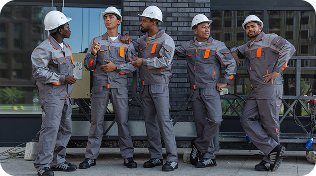

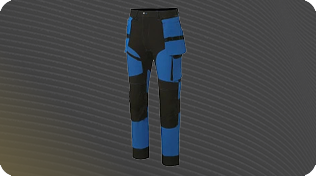
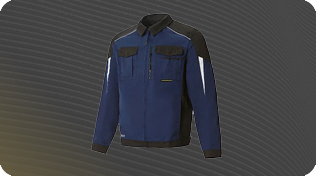
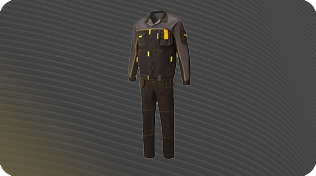
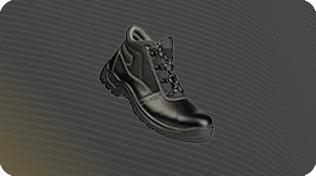
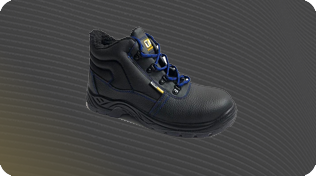
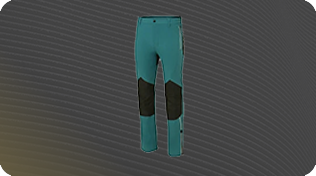


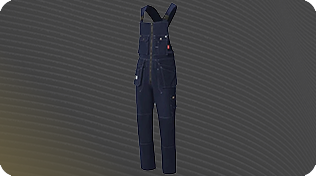
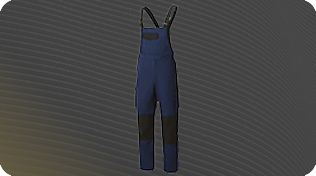
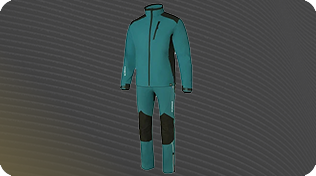

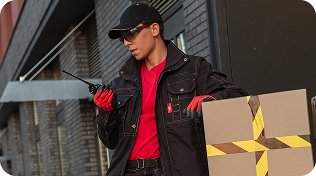




 +19292955525
+19292955525





